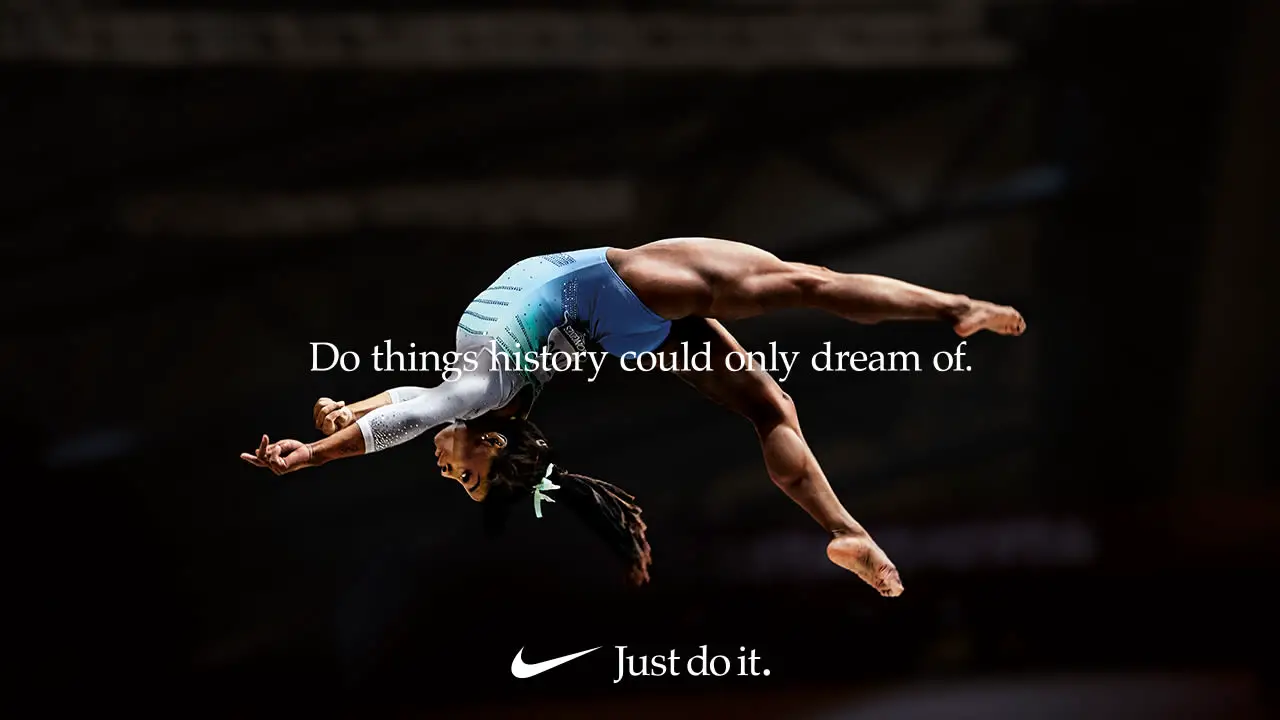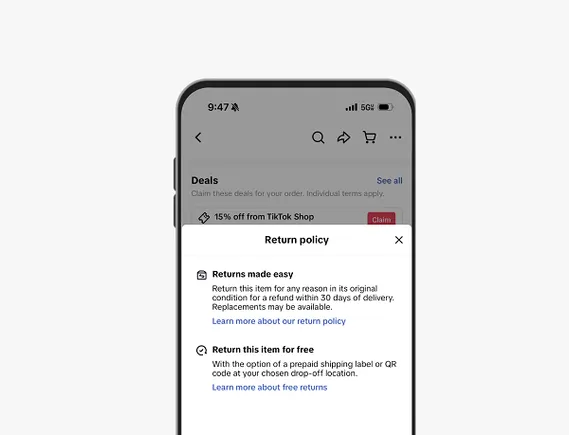Adaptable leadership communications: Bending without breaking
Learn from two top minds in the field. A great leader isn’t rigid in their approach— they’re able to adapt to each situation with the touch the circumstances call for. The best approaches to leadership remain grounded in organizational values but respond to challenges and changing dynamics both inside and outside the company. During Ragan’s […] The post Adaptable leadership communications: Bending without breaking appeared first on Ragan Communications.

Learn from two top minds in the field.
A great leader isn’t rigid in their approach— they’re able to adapt to each situation with the touch the circumstances call for. The best approaches to leadership remain grounded in organizational values but respond to challenges and changing dynamics both inside and outside the company.
During Ragan’s upcoming Leadership Communications Certificate Course, Adam Perrow, senior director of employee experience at Ally Financial, and Lisa Low, associate professor of practice, public relations and strategic communication management at Texas Tech University will explain how today’s leaders can be more adaptable in their communication and how comms pros can guide the process. To learn more from Perrow, Low and more top-flight comms experts, register for the course on June 11, 18 and 25.
Leadership for a multigenerational workforce
A major challenge for today’s leaders is unifying generationally fragmented organizations under their leadership. Different generations tend to have different communication preferences, and that can bleed through into what they want to hear from their leaders.
“We’ve seen that the expectations of us as an employer are varied across the generations,” Perrow said.
These differences in expectations led Perrow and his team to use pulse survey data to track sentiment and stratify it into different generational groups. According to Perrow, the data has led to changes in how internal comms campaigns are run and how user experience on internal platforms is approached.
It’s helped shape Perrow’s personal approach to leadership comms, too. With a team that’s a mix of early-career professionals and more tenured workers with a decade-plus of experience, a one-size-fits-all leadership approach won’t necessarily work.
“The generational gaps on my team have required me to pivot and be versatile in how I’m communicating, leading and coaching,” he said.
An emphasis on cross-functional leadership
The very best leaders know how to talk to their people across multiple functions. According to Low, it’s important for leaders not to assume anything and communicate with clarity when they’re working cross-functionally in times of crisis and increased pressure.
“Cross-functional groups can’t rely on assumed rapport,” Low said. “That’s why structure and intentionality matter so much. When you put these methods in place, people start trusting the process and eventually each other.”
During the course module, participants will get to participate in an exercise designed to help them develop their agility in cross-functional leadership comms and break down barriers to trust.
“We start with shared goals and determine our priorities,” she said. “Then we move into what the agile framework calls ‘stand-ups’ — this means gathering together for quick-hitting information, a few questions and getting on with your day. This communication style saves time, builds rhythm and creates trust.”
Leadership and the seeds of growth
Low said that in her view, there are two main kinds of leaders — transactional and transformational ones. While she conceded there’s value in both kinds of leadership, they go about things very differently.
“Transactional leaders?” she said. “They get stuff done and they’re efficient. They’re checking boxes — and there’s absolutely a place for that.”
But transformational leaders are the ones who cultivate their teams.
“Transformational leadership involves doing a lot more listening and a lot more development,” she added. “Ask yourself — how can I set this person up for success? How can I take this young person who’s just joined our team and put them in situations that may be a little bit challenging but show them that I’ve got their back and I’m here to help them grow?”
Low said that when she runs workshops on leadership, she likes to encourage participants to figure out where they sit on the transactional-transformational leadership spectrum. This helps identify areas for leadership growth and development.
“One size definitely doesn’t fit all, especially with leadership,” she said, “It’s got to fit who you are, and that takes some honest reflection.”
Sean Devlin is an editor at Ragan Communications. In his spare time he enjoys Philly sports and hosting trivia.
The post Adaptable leadership communications: Bending without breaking appeared first on Ragan Communications.
























![How To Launch, Grow, and Scale a Community That Supports Your Brand [MozCon 2025 Speaker Series]](https://moz.com/images/blog/banners/Mozcon2025_SpeakerBlogHeader_1180x400_Areej-abuali_London.png?auto=compress,format&fit=crop&dm=1747732165&s=beb7825c980a8c74f9a756ec91c8d68b#)
![Clicks Don’t Pay the Bills: Use This Audit Framework To Prove Content Revenue [Mozcon 2025 Speaker Series]](https://moz.com/images/blog/banners/Mozcon2025_SpeakerBlogHeader_1180x400_Hellen_London.png?auto=compress,format&fit=crop&dm=1747758249&s=9f3c5b1b7421f862beace1cb513053bb#)
![How To Create an Integrated Strategy That Increases Brand Mentions and Visibility [Mozcon 2025 Speaker Series]](https://moz.com/images/blog/banners/Mozcon2025_SpeakerBlogHeader_1180x400_JamesH_London.png?auto=compress,format&fit=crop&dm=1747780409&s=9bf9f0a2623b4a8be6eaf8f235115505#)























![The 11 Best Landing Page Builder Software Tools [2025]](https://www.growthmarketingpro.com/wp-content/uploads/2024/04/best-landing-page-software-hero-image-1024x618.png?#)
























































![How to run a marketing campaign on a tight budget [expert tips & free tools]](https://www.hubspot.com/hubfs/19_What%20is%20a%20Marketing%20Plan%20%26%20How%20to%20Write%20One%20%5B%2BExamples%5D.png)









![Social media image sizes for all networks [June 2025]](https://blog.hootsuite.com/wp-content/uploads/2023/01/Social-Media-Image-Sizes-2023.png)



![41 Instagram features, hacks, & tips everyone should know about [new data]](https://www.hubspot.com/hubfs/Instagram-hacks-1-20240916-2633447.webp)





















